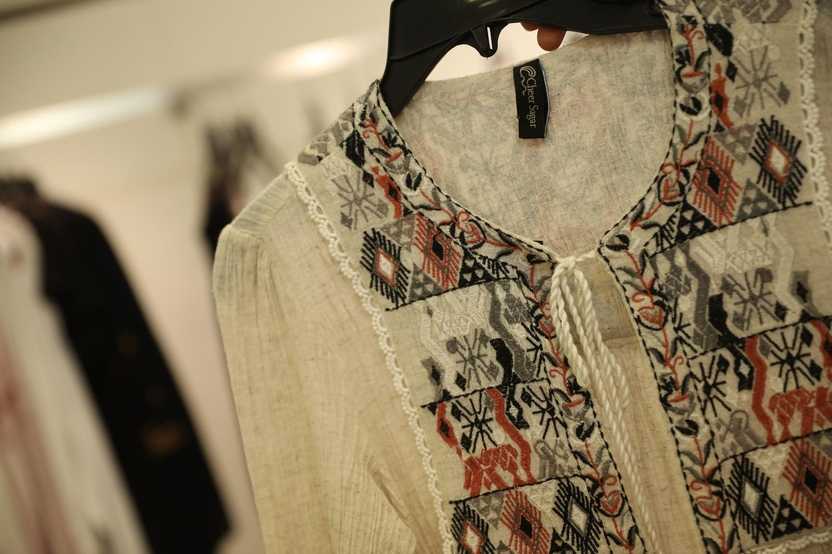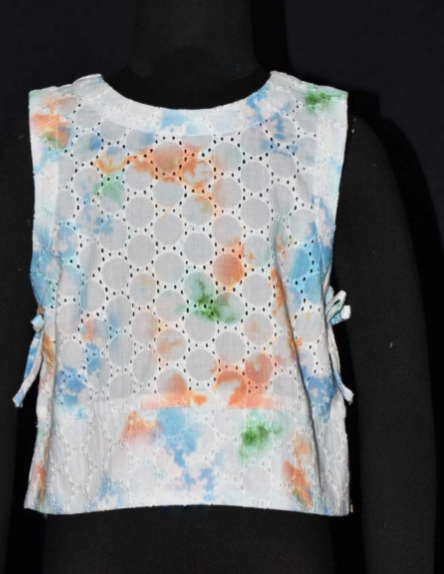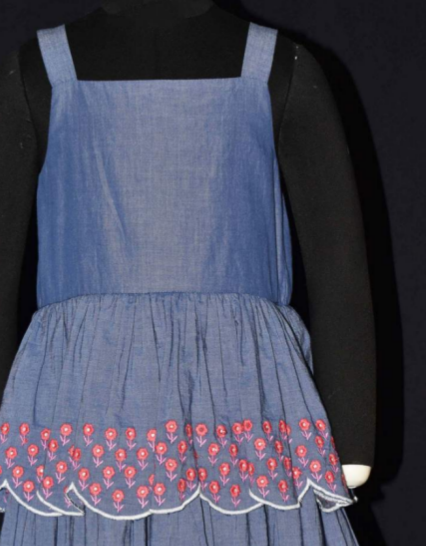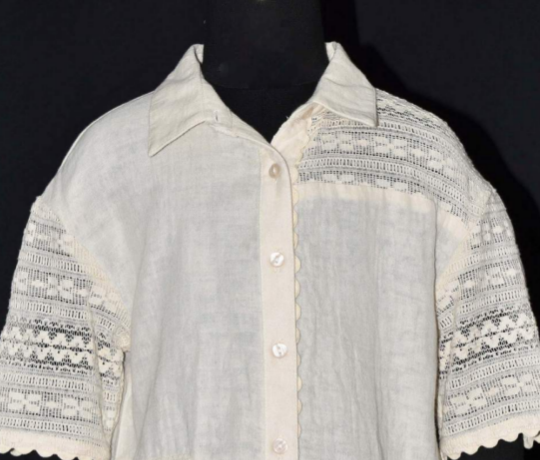How To Go About Importing Clothes From India To Canada? Find Out Here

Importing clothes into Canada is a well-defined process that involves several steps. The first thing you need to understand is that the business needs to be set up in Canada, which will be importing your garments from India. So, the procedures you need to follow adhere to Canadian rules, not Indian ones. Now that the basics are out of the way let’s look at the detailed steps on how you can set up your business in Canada and use it to import your clothes into the North American country from India.
Steps To Import Clothes Into Canada From India
-
Get Your Business Registered in Canada
To get started with the importing process, the first thing you need to do is set up your business in Canada. To do so, you will need to get a business number from the Canada Revenue Agency. This means that your business has been registered with the government. Once the business number is generated, you must create an import and export account with the Canadian government, which will allow you to import garments from India. This two-step process is the basic prerequisite if you want to set up an import company in Canada.
-
Check With Suppliers in India
Now that your business is set up and ready, all you need is to get the right clothes from India that you want to import. For that, you will need to connect with suppliers who can deliver the clothes you want in the amounts and sizes you want. Make sure you are working with suppliers and manufacturers who are aware of Canadian government guidelines on imported clothing so that the clothes you are trying to import are not rejected in customs. You’ll learn more about this in the following section.
-
Find Your Shipping Partner
Once you have the right apparel chosen and prepared per your order you will need a shipping partner to get your products from India to Canada. Shipping partners will be in charge of picking up the products to be shipped from the exporter's warehouse, getting them in shipping containers, and then finally delivering them to your warehouses in Canada. Different providers will offer either all or some of these services and charge accordingly. So, make sure you understand a shipping partner's responsibilities when signing with them to make your importing experience as seamless as possible.
-
Understand Government Guidelines
This is a step you should be focusing on during every step of the importing process. Some things that are seemingly harmless can tend to become a major problem during the importing process when government customs, tariffs, and duties are involved. Cotton is a universally loved fabric, but did you know that cotton farmed using child labour or unethically sourced cotton is not allowed to be imported into Canada? Clothing that has actual animal fur is not allowed to be imported into Canada. So, there are several government guidelines that you must follow. Ensure you are well aware of these guidelines before starting the importing process.
-
Focus on Paperwork & Quality Checks
Lastly, when all is set and done, make sure you have every piece of paperwork in your arsenal before embarking on your voyage. The same applies to quality checks, from labelling to the source of each raw material that goes into making your garments. Clerical errors in this regard can be extremely costly, so make sure you are extremely careful with the process and work with experienced teams who are knowledgeable about the whole process.
Conclusion
These are the steps you need to follow to import clothes into Canada from India. There’s an easier way, too, if you want, which is to work with an apparel manufacturer who also happens to be an exporter. CheerSagar is one of the top apparel manufacturers and exporters in India that has the experience required to help you adhere to all Canadian government guidelines and help you get your products directly delivered to you in Canada. Check out the website to learn more about the services.
Related Blog
How Does Technology Influence Women’s Wear Manufacturing?
With every decade, technology is transforming industries with the advent of new tools, smart devices, and automated machinery. And...
Surplus Vs. New Production: How India’s Readymade Garments Manufacturers Can Serve UK Retail Demand
Surplus stock can be a matter of significant concern for Indian garment manufacturers. However, thanks to the growth in the...
Get Ready To Deal With Monsoon: Monsoon Fashion Tips
Finally, the monsoon is here, and dressing up can be tricky in this season. Not to worry at all, here...




